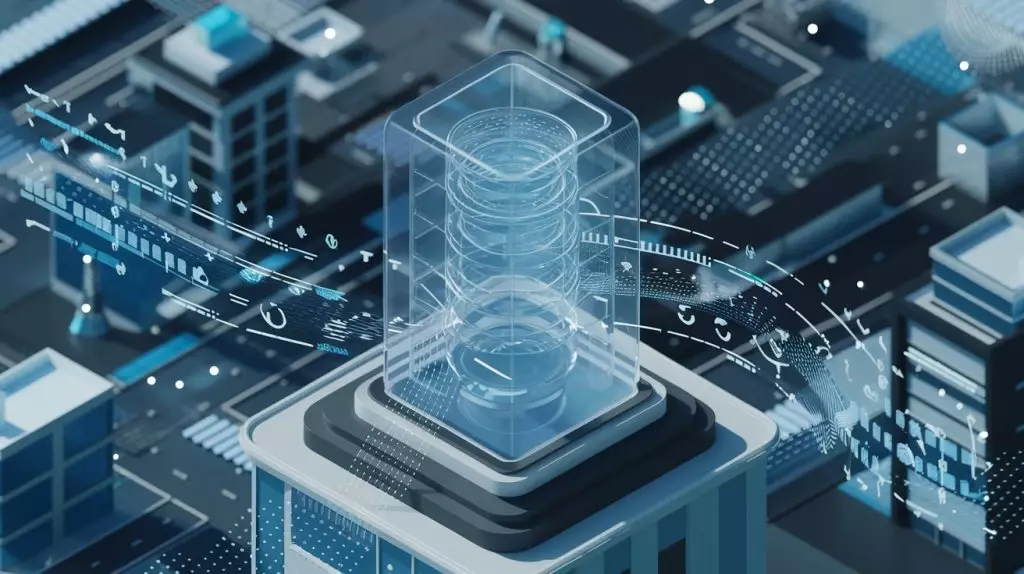The dramatic transformation we have witnessed in the field of artificial intelligence (AI) over the past few years can largely be attributed to the rise of transformer architecture. As the technological underpinnings of many state-of-the-art AI applications, transformers have become indispensable in current AI development. Large language models (LLMs) like GPT-4o, LLaMA, Gemini, and Claude exemplify this architectural evolution, but their contributions extend far beyond just text generation and natural language processing. This article delves into the intricate workings of transformers, their significance in scalable AI solutions, and how they’ve shaped the landscape of machine learning applications.
At its core, a transformer is a specialized neural network architecture crafted for processing sequences of data. This makes it particularly suited to handle tasks such as language translation and text completion. The novel attention mechanism inherent in transformers allows for unparalleled parallelization in training, establishing them as the preferred choice for many sequence-based challenges. The initial introduction of transformers can be traced back to the groundbreaking 2017 paper, “Attention Is All You Need,” authored by researchers at Google. Initially designed for language translation through an encoder-decoder framework, transformers have evolved significantly, especially with advancements introduced by models like BERT (Bidirectional Encoder Representations from Transformers) in 2018, which set the stage for the LLM revolution.
In the wake of these transformative developments, the landscape of LLMs has seen a remarkable shift towards larger models equipped with expansive datasets and numerous parameters. This trend has paved the way for increasingly sophisticated applications, especially following the introduction of the GPT series from OpenAI. The quest for colossal models isn’t merely about size; it’s fundamentally linked to increased performance capabilities. With innovations such as advanced multi-GPU training techniques, memory optimization strategies like quantization, and improved mathematical formulations for training, researchers continue to push the boundaries of what transformers can achieve.
The architecture of transformer models typically divides into two main components: the encoder and the decoder. The encoder functions to interpret and represent input data while the decoder generates new sequences based on this representation. While many models like the GPT family employ a decoder-only approach, others utilizing both components excel in tasks that require comprehensive translation and processing capabilities.
Attention Mechanism: The Heart of Transformers
An essential aspect of the transformer architecture is its attention layer, which allows the model to retain contextual information over long sequences of input data. The two primary forms of attention, self-attention and cross-attention, serve unique functions. Self-attention focuses on relationships within the same sequence, while cross-attention enables interconnections between distinct sequences—as seen during translation tasks. For instance, it allows the English word “strawberry” to seamlessly relate to the French equivalent “fraise.” This mathematically efficient representation enables transformers to maintain context, unlike historical models like recurrent neural networks (RNNs) and long short-term memory (LSTM) networks, which struggle with longer sequences.
Despite the overwhelming dominance of transformers, they are not without limitations. Their reliance on fixed context windows can hinder performance when processing extremely lengthy sequences of data. This has led to a renewed interest in alternative modeling approaches such as state-space models (SSMs), which address these shortcomings effectively. Mamba, for example, represents a step toward a new generation of models capable of handling vast amounts of sequential data while maintaining context.
One of the most exciting avenues for transformers is the development of multimodal models, which can integrate and process various types of data, including text, audio, and images. OpenAI’s latest models, like GPT-4o, exemplify this potential. These multimodal capabilities open the door to a myriad of applications—ranging from video captioning and voice synthesis to image segmentation. Such advancements are not only technical achievements but also hold promise for improving accessibility for individuals with disabilities, such as creating adaptive interfaces that leverage voice recognition and auditory outputs.
As we gaze into the future, it is evident that transformer architecture will continue to play a pivotal role in the ongoing evolution of AI. With potential paths like multimodal models paving the way for more diverse applications, the landscape of artificial intelligence seems set for further exploration and innovation. The journey from basic sequence modeling to advanced, multi-faceted AI capabilities is only beginning, and the transformer architecture is at the forefront of this exciting trajectory.


Leave a Reply